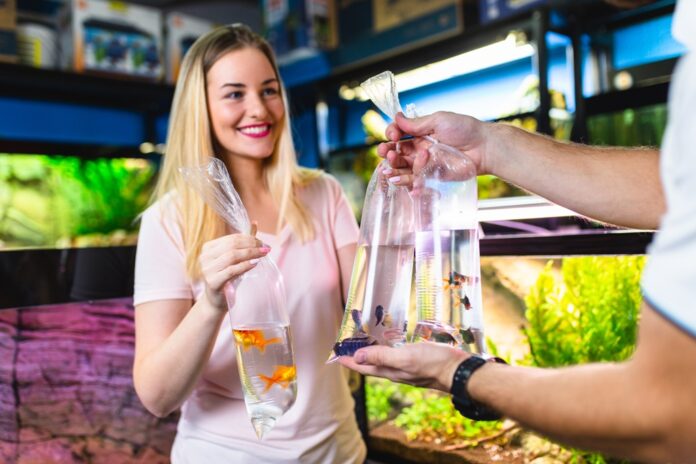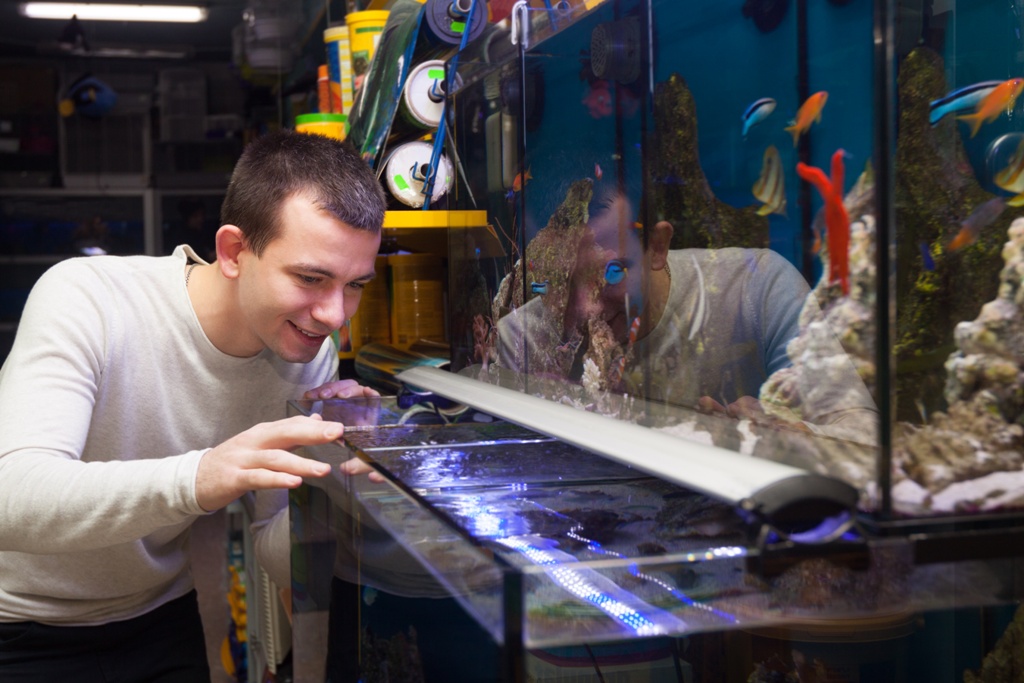Many individuals opt to welcome a wonderful pet and treat it as a new member of the family. While some people tend to get common household pets such as Dogs or Cats, other individuals choose a Fish as they require less time and physical space to care for, making them ideal for owners with hectic schedules.
Since fishes grow in a different environment than your typical fur babies, it takes a special kind of knowledge to properly take care of them. Along with that, there are many myths when it comes to caring for fishes and setting up their watery ecosystem. Most of these myths and misconceptions have been around for years. It’s important to know what these are so you can avoid harming your beloved pet fishes in the long run.
A Fish Requires Less Maintenance Than Most Pets
Although fishes undoubtedly look smaller than Dogs or Cats, it doesn’t mean that they don’t need some level of care and maintenance. Fishes, compared to common household pets, have a different set of needs and requirements. While feeding them is quite easy, more effort needs to be exerted when it comes to the maintenance of their homes. People looking into fish care should understand the requirements of a proper tank environment to ensure the safety of these aquatic pets.
However, take note that just like different Cat and Dog breeds, fishes also have different species with varying levels of maintenance. For example, Bettas and Goldfish are low maintenance species that are ideal for starters. On the other hand, high maintenance species like the Longhorn Cowfish would require the utmost care. Therefore, it’s important to research each species thoroughly before you decide to get one. There’s no one-size-fits-all when it comes to the care and maintenance of a pet fish.
You Only Need A Small, Regular Tank
People with zero knowledge about fish care will initially assume that the choice of tank doesn’t make a difference. Worst, beginners tend to purchase the smallest tank available as they think that it’s the perfect starting point. The truth is, the wrong tank size can kill your fish.
Therefore, before you make a purchase, research the right tank size of your desired fish species first. If you’re having trouble choosing the right tank size for a Betta Fish, for example, you can take a look at this guide by FishLab.com that narrows down the best Betta Fish tanks. There are also other factors to consider, including the budget, proposed tank location, and tank material.
They Are All Fishes, Why Separate Them?
Fishes are social animals that communicate through low-frequency sounds. They have a complex social system that revolves around friendship, submission, and alarm. Just like humans, fish sometimes don’t get along too well, regardless if they are from the same or a different species.
As an aquarist, it’s your responsibility to create a peaceful community by ensuring that the species you place inside the tank are compatible with each other. So, if you’re planning to keep more than two types of fishes in one tank, here are some rules and considerations that you should follow about fish compatibility:
- The bigger the tank, the better. This gives your fishes more space to move and hide around, avoiding too much territorial tension in the process.
- Know which species live in saltwater versus freshwater.
- Territorial species like Cichlids don’t even like being with their same kind.
- Use aquarium decorations to help fishes define territorial boundaries.
- Choose species that grow into the same size, or else, smaller fishes will more likely end up in the bigger fish’s mouth.
- Be prepared to transfer fish parents into another tank as they tend to be aggressive during their breeding stage.
The Aquarium Can Take Care Of Itself
Organizing an excellent aquatic environment for your fish is not that easy. Every element of their ecosystem impacts one another significantly. An important reminder that you should take note of as a beginner is that aquariums can’t take care of themselves, no matter what kind of equipment you install inside them.
One of the most important elements of a fish’s ecosystem is the nitrogen cycle, which is responsible for converting and eliminating toxic byproducts such as nitrate, nitrite, and ammonia. Before adding any fish in the tank, you should first set up the tank in a strategic location, then test the water. This includes determining the baseline record of the water’s pH, alkalinity, hardness, and toxicity levels.
Purchasing Both Tank And Fish At One Time Is Okay
It’s completely understandable to feel excited when you are planning to get a new Fish, but if you’ve researched and prepared well, you should know that you are not supposed to purchase a tank and Fish all at the same time. Not unless you’re certain that the fish is suitable for your chosen tank.
Also, it’s a big mistake to purchase the tank first before choosing the Fish that you want to take care of. It would be wiser to start by selecting your desired species, then determine its required tank size, water type, filter size, heating equipment, and the like.
Any Water Filter Can Do The Job
The size of your aquarium equipment is also crucial for a fish’s ecosystem, and this includes the size of your water filter. It’s incorrect to purchase any filter just because it does the job, let alone getting just any size. Generally, the size of your water filter should be big enough to cycle through the tank water at least four times in an hour. This ensures that the water is safe and stable for your fishes.
Final Thoughts
All pet owners and hobbyists, despite taking care of different animals, should think carefully about welcoming a new pet into their home. As a new aquarist, it’s important to understand that no matter how beautiful and colorful fishes are, their aquatic ecosystem shouldn’t be treated as a mere decoration. It is in fact, a home for your fish and like your own home, it should be cleaned and maintained properly.
Once you’ve settled your fishes in an aquarium, don’t forget to observe consistent maintenance that involves checking the water and functionalities of every equipment. However, be careful and avoid changing the water too regularly. While fishes don’t necessarily die from excellent maintenance, they might struggle with sudden environmental changes that will make them susceptible to stress and disease.



















